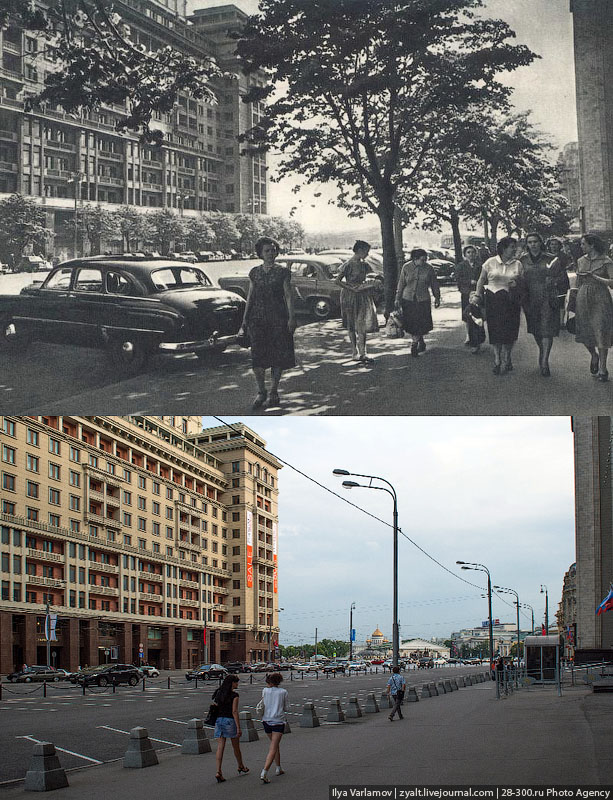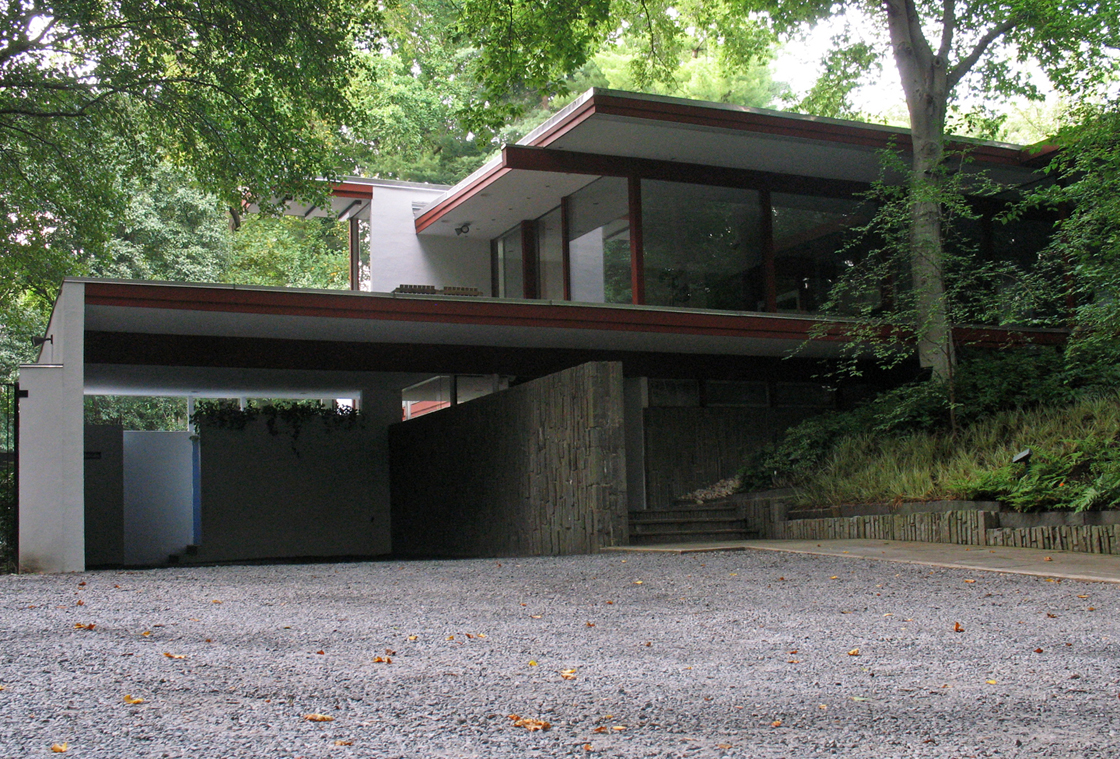
Why, you might ask, did the trees all go? Well, zyalt says that the official answer is that they couldn’t take the pollution – but this is nonsense after the financial crises of the 90s.
At the end of the day, the answer is autocentrism. Trees interfered with parking, they posed security risks, and they took up potential lanes. Under the 1990s program of incoherent highway expansion, the last remnants of downtown greenery were torn up. If, on the other hand, Moscow had pursued a sustainable transportation policy before Sobyanin, the trees would have survived to serve the 80% of Muscovites who take public transport.
Maybe now is different. Check out the whole set, it’s remarkable what a difference there is.
